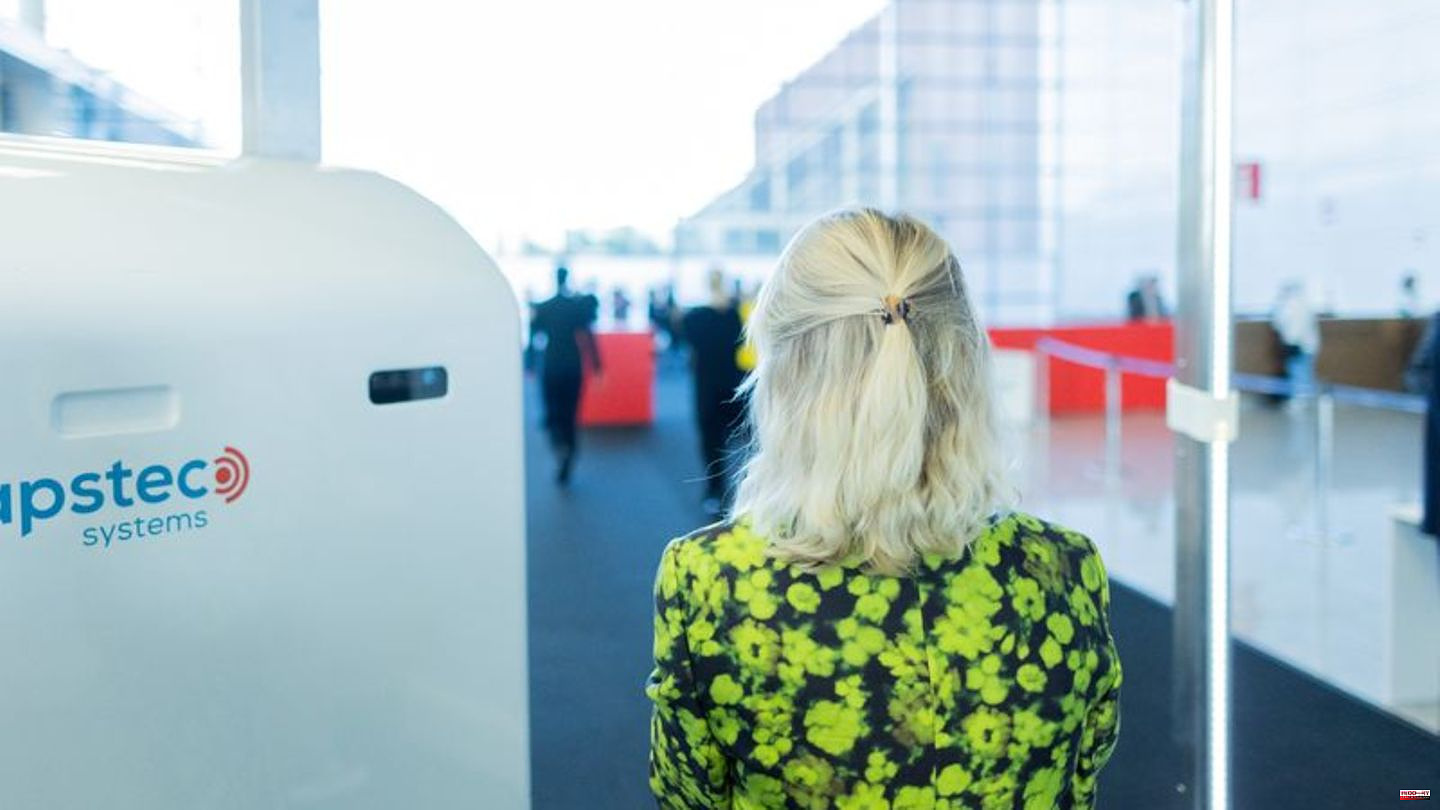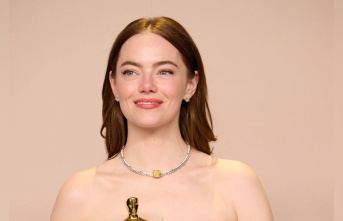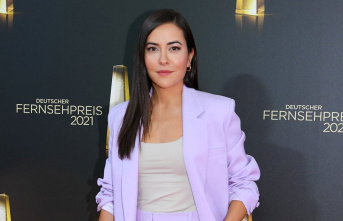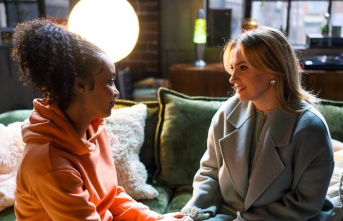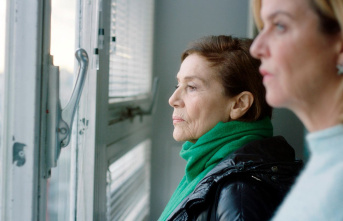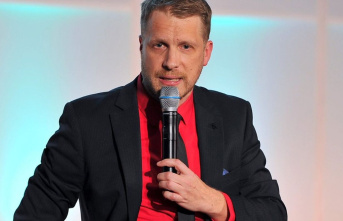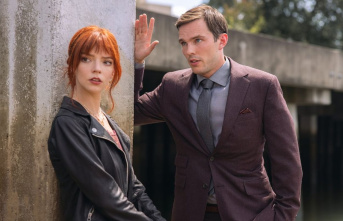Laszlo von Vertes, a thoughtful man in a royal blue suit, has €12 million hanging on his wall. On the right a picture by Claude Monet (6.5 million euros) - on the left one by Gerhard Richter (5.5 million euros). The Art Cologne, where von Vertes presents both, proclaims the ensemble as "the most expensive paintings" of the art fair "on one wall". But Laszlo von Vertes doesn't really want to talk about money. It's not about "expensive," says the art dealer, while visitors stroll past his stand on the velvety carpet. It's about "significant". "I think it's a shame that something like this is valued with money."
It's the sound, which is not uncommon at the largest German art fair, but which can also seem strange outside the exhibition halls. After all, it is: a trade fair. A place for business. But what sums are in circulation, that's something you like to treat discreetly. Even at a time when the rest of the country is hardly discussing anything more than prices. Or maybe because of that.
The Art Cologne, which started on Wednesday, is the oldest art fair in the world, founded in 1967 as "Art Market Cologne". This year, at the 55th edition, there are several themes that give it a special flavor. One is a kind of economic litmus test. Are the economic turbulences, the inflation, the rising prices also affecting the well-heeled art collector scene? Isn't the money so loose there anymore?
Stable champagne prices
What you can already say when walking through the halls: A bottle of champagne at the stand still costs 95 euros - like last year. Stability. For deeper insights, however, you need experts. Laszlo von Vertes does not answer the question for the reasons mentioned. Kristian Jarmuschek, chairman of the Federal Association of German Galleries and Art Dealers, says that one must first wait for Art Cologne before one can assess the mood.
The one who dares to come forward is the director of Art Cologne, Daniel Hug. "If we think about the major auctions of recent times, it becomes very clear that the art market has its own price and buying dynamics. This was also shown at the recent art fairs in Paris and London," he says. It was "sold well" there. His assessment therefore: "At the moment there is no sign of a reluctance to buy." Perhaps there is more of a tendency to no longer buy art "quite so spontaneously" but rather "considered".
An oil painting by Max Ernst (1.4 million euros), a concert grand piano by Joseph Beuys (5.2 million euros), a picture by Roy Lichtenstein (1.6 million euros) - all of this can therefore hope for new owners. Likewise a picture in Hall 11.2. hangs. Andy Warhol portrayed ex-Chancellor Willy Brandt on it. Two million euros.
Against the depression
Markus Peichl from the Crone gallery, which is exhibiting it, also has an answer to the question of why it is hanging there that goes beyond the monetary. "The people involved in politics radiate such a depression and downward trend that I thought: Now it's time to show a picture at the Cologne trade fair that stands for a different time and for a different politician" , he says. "It's my counter-program against the depression in politics and in the world, so to speak."
Another crisis is actually more tangible than the question of money at Art Cologne: that of the climate. Climate activists have recently caused a stir with their actions. Among other things, tomato soup was thrown in the direction of Vincent van Gogh's work "Sunflowers" in London. The work was protected by a pane of glass. Only on Tuesday was the painting "Death and Life" by Gustav Klimt in Vienna - also protected with glass - covered with oil. One of the activists stuck his hand to the protective glass.
He's not worried about that, says trade fair director Hug. He believes that climate activists acted in a targeted manner. "They go to museums." The security service is nevertheless "very sensitive". "In addition to the usual bag checks at Art Cologne, we also use scanners." Food brought in is not allowed.
Laszlo von Vertes, the man with the judge and the Monet, also thought about this. He says, "I'm scared." But then he points to a sculpture by Henry Moore that stands in front of the pictures.
"If someone comes and says: Okay, I'll stick myself to the base of Moore. Then I'll say: Okay, do that. It's okay," says von Vertes. "But please spare the frame of the Monet."

